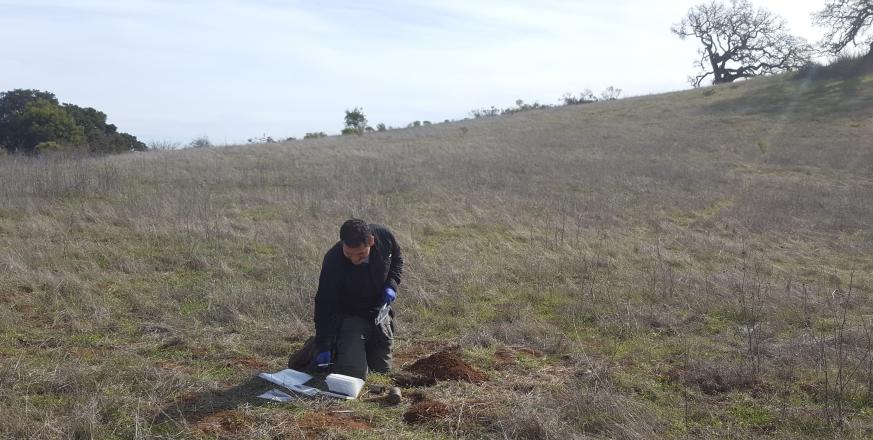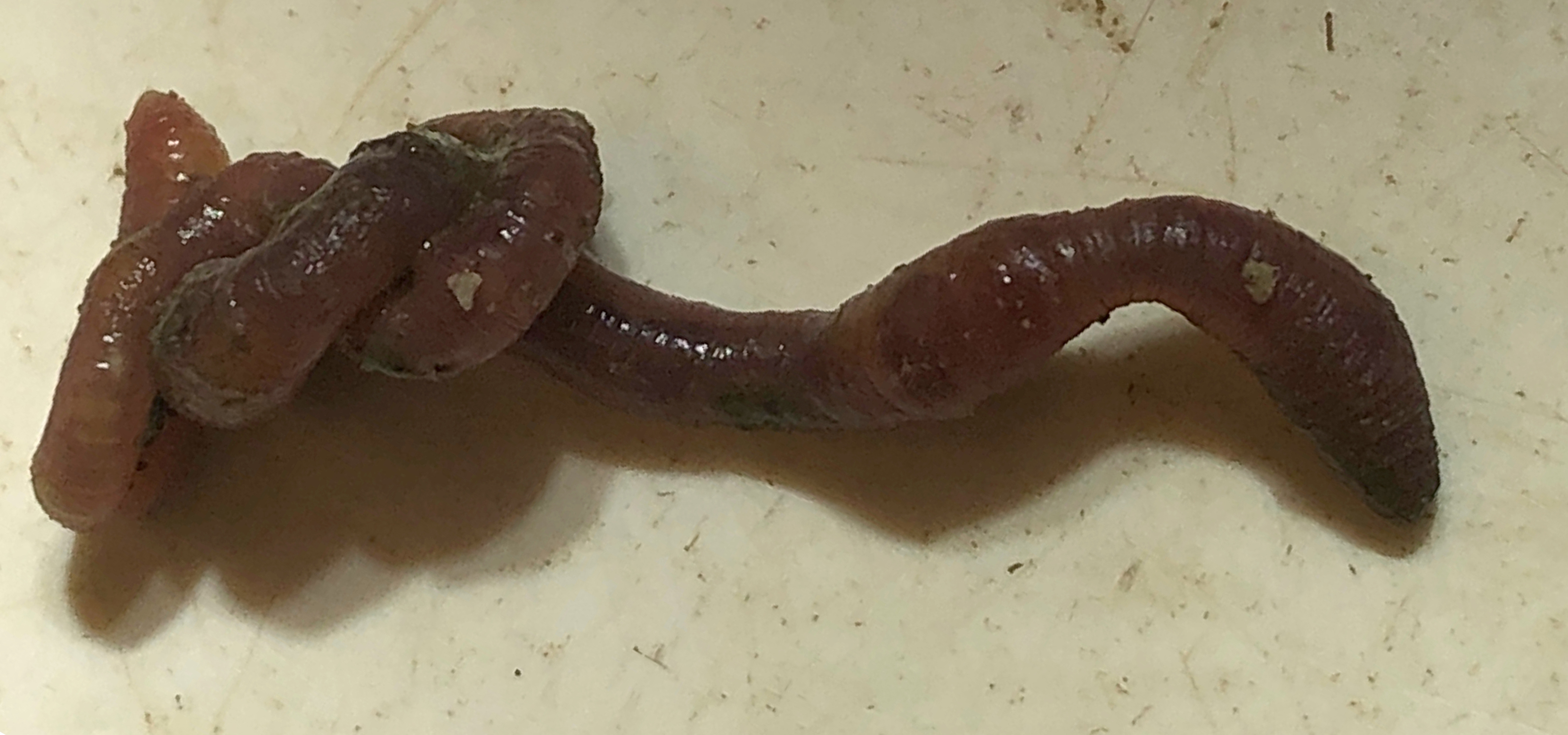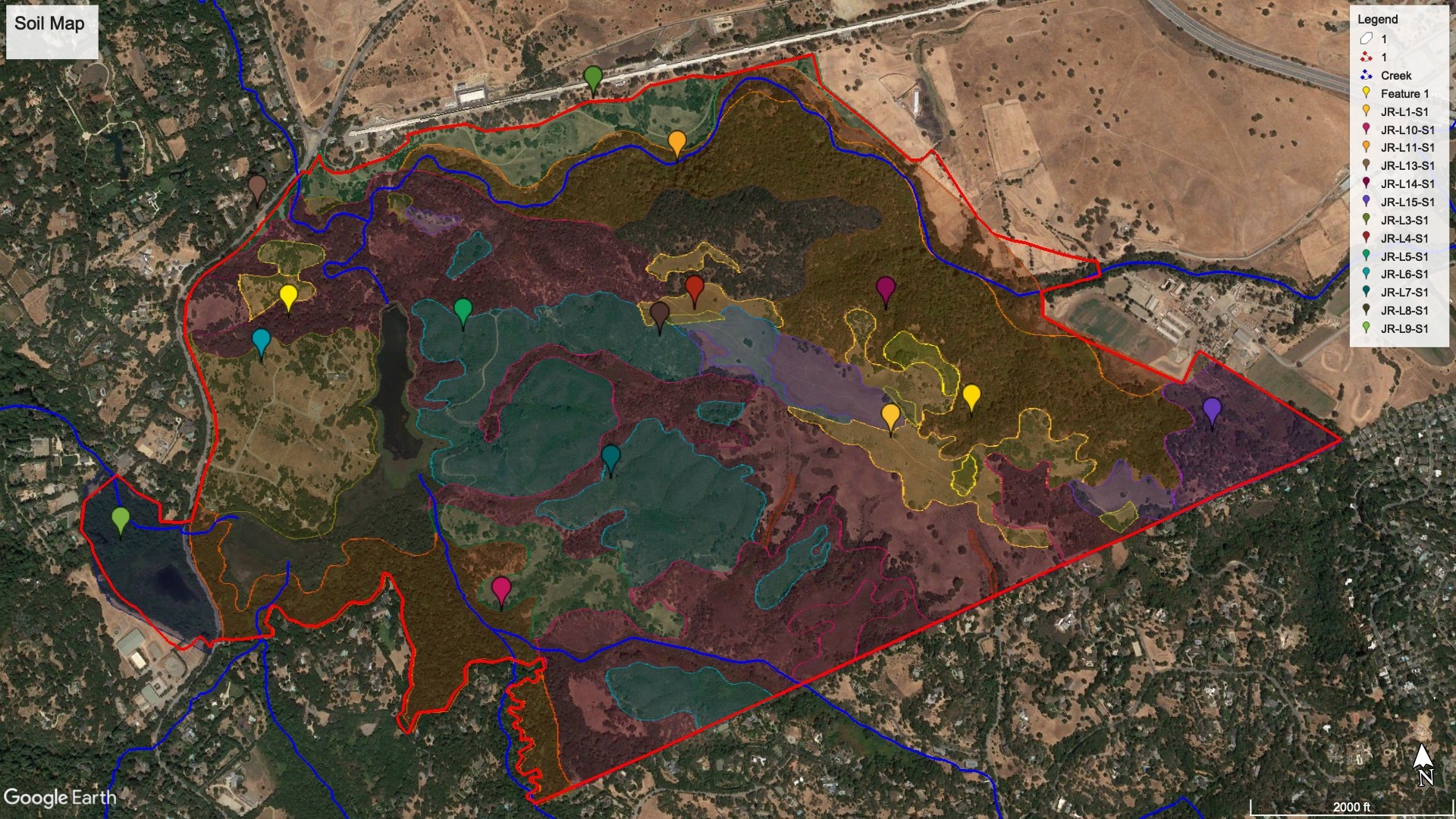The role of non-native earthworms in the terrestrial bioaccumulation of mercury at Jasper Ridge Biological Preserve

Summary
California’s mining and industrial history have led to an excessive build-up of mercury in the Bay Area. As one of the top ten pollutants of the world, this toxic heavy metal has troubling implications for human and environmental health. Although mercury is relatively well studied in aquatic ecosystems, less work has focused on terrestrial animals. However, we know that soil organisms, such as earthworms, accumulate mercury by consuming decaying plant and animal materials in the ground. As a primary food item, earthworms increase the availability of mercury to other animals higher up in the food chain (e.g. birds, shrews). This project will compare the relative role of native and non-native earthworms on mercury cycling in California. We aim to model the effect of disturbance history, vegetation, geology and soil type on the mercury dynamics in the system. This work is important for identifying mercury hotspots (areas of concern) at local and regional scales that can inform downstream policies on mercury regulation and mitigation in the environment.






